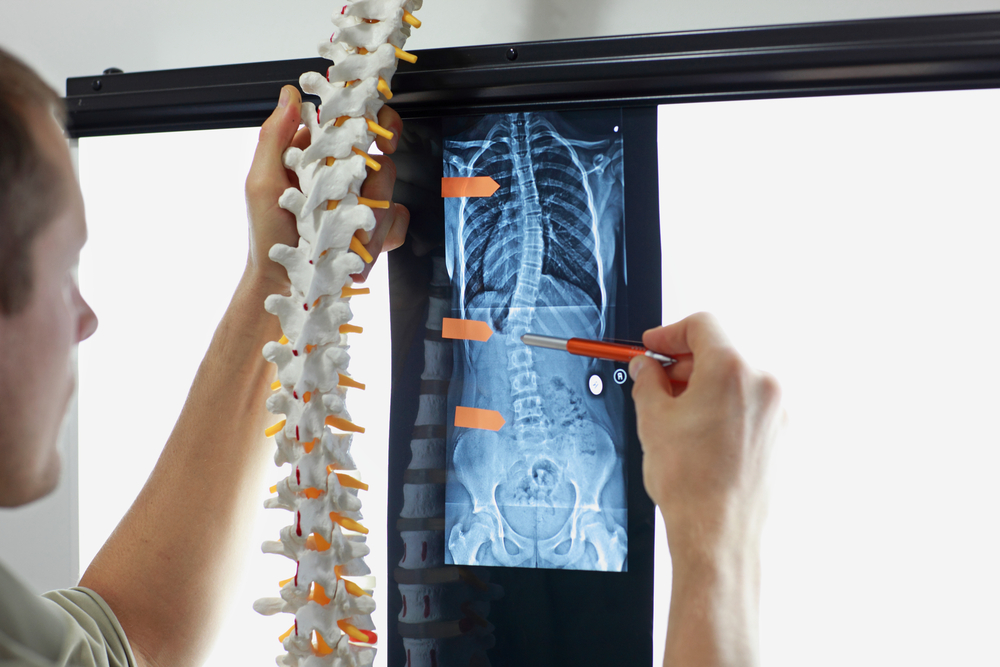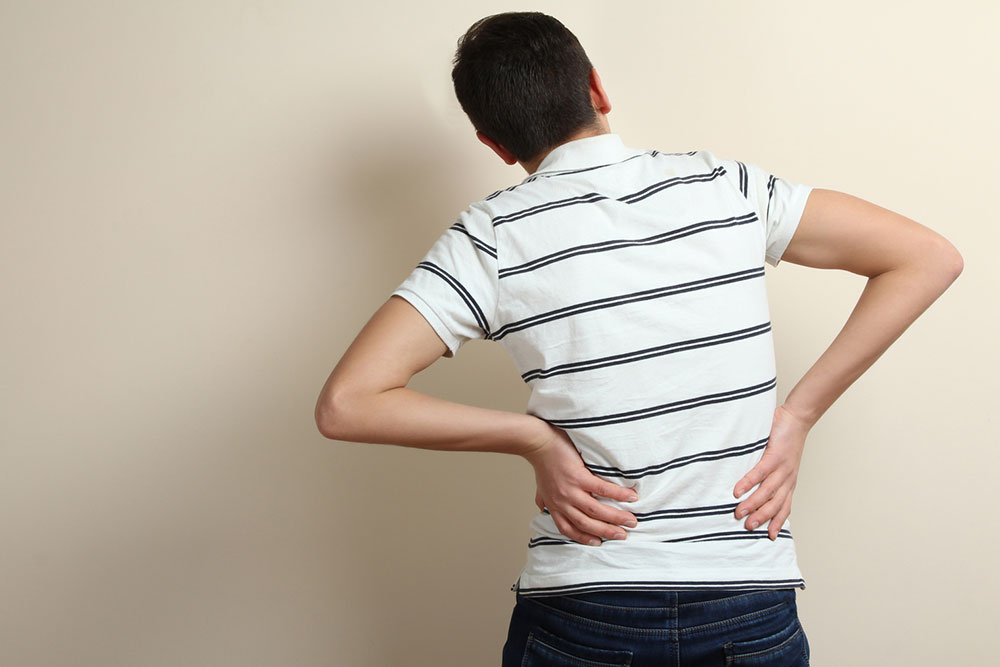Understanding Herniated Discs: Causes, Signs, and Treatments
Explore comprehensive information on herniated discs, including causes, symptoms, and treatment options. Learn how age, lifestyle, posture, and injury contribute to disc herniation, and discover effective conservative and surgical treatments. This article provides valuable insights for those experiencing back pain or at risk of disc problems, emphasizing the importance of proper diagnosis and personalized care.

Understanding Herniated Discs: Causes, Signs, and Treatments
The spinal discs serve as shock absorbers between vertebrae, consisting of a tough outer layer and a soft inner core. As we age, these discs undergo degeneration and dehydration, causing the outer layer to extend beyond its normal boundary—a condition known as a herniated disc.
Herniated discs are an extension of the outer cartilage layer. They are quite common and often do not cause symptoms, which means many individuals may be unaware they have this condition. Treatment focuses on alleviating discomfort and restoring function.
The main treatment options for herniated discs include medication, rest, warm compresses, and targeted exercises. If conservative methods fail to provide relief, surgical intervention may be necessary.
Causes and symptoms of herniated discs
The following are common causes of disc herniation:
Age: As you get older, discs lose elasticity and become dehydrated, leading to protrusions. Middle-aged individuals are also at higher risk.
Genetics: A family history of disc problems increases susceptibility.
Lifestyle Habits: Smoking can accelerate disc deterioration.
Lack of regular physical activity and obesity are contributing factors.
Posture: Poor sitting or standing postures put strain on the spine, increasing the risk of herniation.
Injury: Incorrect lifting techniques or trauma may lead to disc herniation.
Initially, herniated discs may cause no symptoms. As the condition progresses, individuals might experience pain, numbness, tingling, or muscle spasms.
Treatments for herniated discs
The choice of treatment depends on the severity and location of the herniation. For mild to moderate symptoms, conservative approaches are often effective. These include:
Weight management and lifestyle adjustments
Moderate rest and activity limitation
Pain relievers
Personalized physical therapy
Injections such as epidural steroids
Stretching and strengthening exercises for the back
Heat therapy
In addition, alternative treatments like acupuncture, spinal decompression, and chiropractic care may help relieve symptoms. If these methods fail, surgery becomes the last resort, with procedures tailored to the individual’s condition. Consulting a healthcare provider is essential to determine the appropriate course of action.










